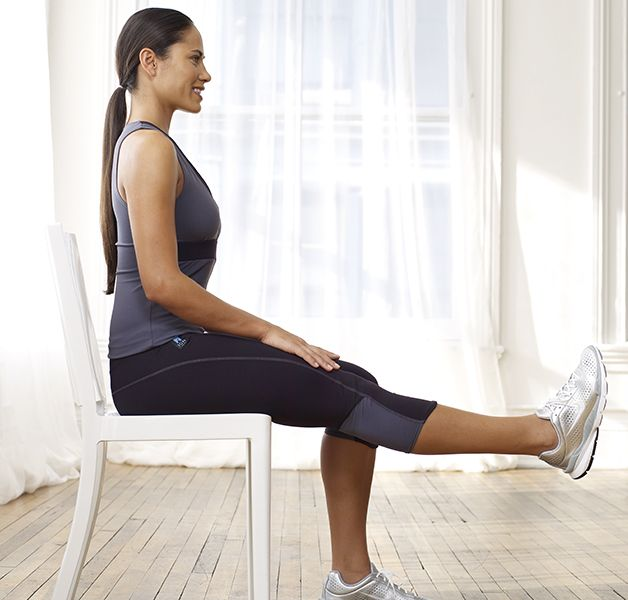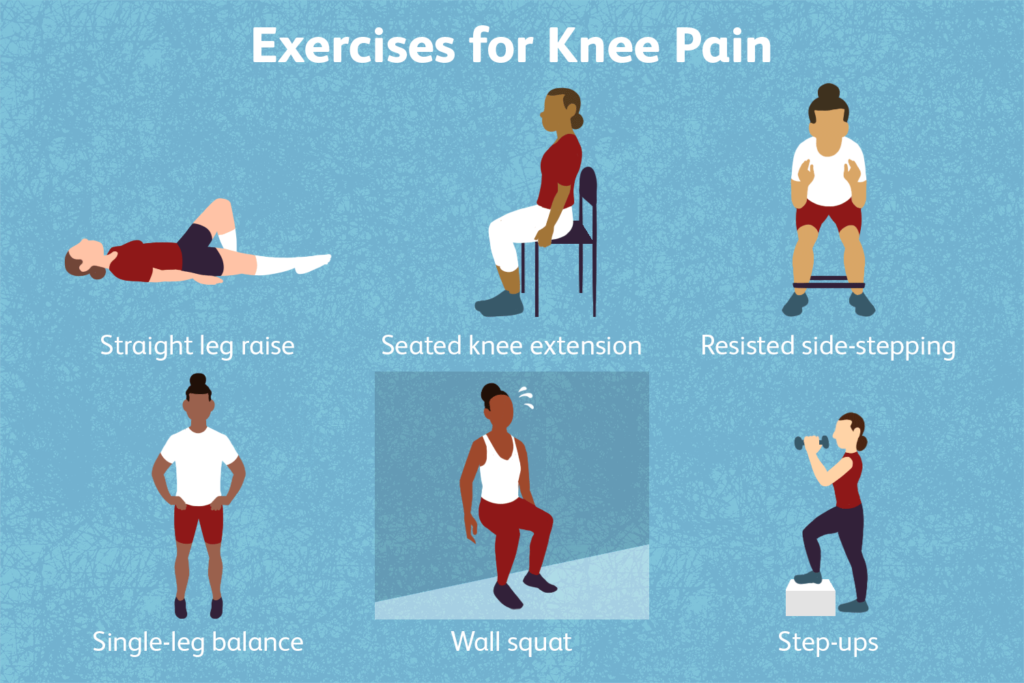Knee pain is one of the most common health complaints today. Whether you’re a young athlete, a working professional, or someone above 50, knee issues can affect anyone. The good news is, most knee pain can be managed—or even prevented—by strengthening the muscles around your knee joint.

In this article, we’ll explore why knee pain occurs, the best ways to strengthen your knees, and what precautions to take. If you’re dealing with discomfort or just want to avoid future problems, this guide is for you.
Why Do Knees Hurt?
Knee pain can result from various causes, including:
- Injury or overuse, such as a sprain, strain, or torn ligament
- Arthritis, especially osteoarthritis or rheumatoid arthritis
- Weak muscles or poor posture
- Lack of flexibility
- Excess body weight, which increases pressure on knee joints
Even daily habits, like sitting for long periods or walking with poor posture, can trigger or worsen knee discomfort.
You can read more about common causes of knee pain in this guide from Mayo Clinic.
How to Strengthen Your Knees (Even at Home)

Strengthening your knees does not mean putting direct stress on the joint. Instead, the goal is to work on the muscles that support the knee—such as your quads (front thighs), hamstrings (back thighs), glutes (hips), and calves.
1. Straight Leg Raises
This is a beginner-friendly exercise that strengthens your quadriceps.
How to do it:
- Lie on your back with one leg bent and the other straight.
- Slowly lift the straight leg to the height of your bent knee.
- Hold for five seconds, then lower it slowly.
- Repeat 10 to 15 times on each leg.
This helps build strength without putting pressure directly on your knees.
2. Wall Sits
Wall sits help build strength in your thighs and hips.
How to do it:
- Stand with your back against a wall.
- Slide down into a seated position, keeping your knees above your ankles.
- Hold the position for 10 to 20 seconds. Increase the time as you build endurance.
- Repeat three to five times.
This strengthens your quads, glutes, and hamstrings—muscles essential for knee support.
3. Step-Ups
A functional movement that doubles as a great knee exercise.
How to do it:
- Use a sturdy platform or staircase.
- Step up with one leg, then bring the other leg up.
- Step down and repeat, switching legs.
- Perform 10 repetitions on each side.
This movement improves strength, balance, and control.
For more exercises like these, check out this guide from WebMD on knee strengthening.
Stretches That Support Knee Health
Stretching is equally important in relieving and preventing knee pain. Tight muscles can pull on the knee joint and cause discomfort. Consider adding these simple stretches to your daily routine:
1. Hamstring Stretch
- Sit on the floor with your legs extended in front of you.
- Gently reach toward your toes while keeping your knees straight.
- Hold for 20 to 30 seconds. Repeat two to three times.
2. Calf Stretch
- Stand facing a wall, one foot behind the other.
- Keep your back leg straight and front knee slightly bent.
- Lean forward until you feel a stretch in your back calf.
- Hold for 20 to 30 seconds, then switch legs.
These stretches increase flexibility and reduce strain on the knee.
Lifestyle Tips to Keep Your Knees Healthy
Alongside exercise, small lifestyle changes can have a big impact on your knee health.

Maintain a Healthy Weight
Excess weight increases pressure on your knees. Just 10 pounds of extra body weight can add 30 to 60 pounds of force on your knees during everyday movements like walking or climbing stairs.
To learn more about weight and joint health, visit the Arthritis Foundation.
Wear Proper Footwear
Shoes play a crucial role in knee support. Look for shoes that offer arch support, cushioning, and stability, especially if you’re on your feet for long periods.
Avoid High-Impact Activities
While staying active is important, avoid activities like running or jumping if you have knee pain. Low-impact alternatives such as walking, swimming, or cycling are much safer and still effective for fitness.
When to See a Doctor
While exercise and lifestyle changes help most people, some situations call for medical attention. You should consult a doctor if:
- Pain continues for more than two weeks
- There is significant swelling or bruising
- The knee feels unstable or locks up
- You heard a popping sound during an injury
Ignoring serious symptoms may lead to long-term joint damage or limited mobility.
Final Thoughts
Knee pain is not something you have to live with. By strengthening the muscles around your knees, improving flexibility, maintaining a healthy weight, and making smart activity choices, you can manage or even prevent discomfort.
For additional guidance on building a personalized knee care routine, explore this tool from Healthline.
Quick Summary: Best Tips to Strengthen Knees
- Focus on low-impact exercises like leg raises and wall sits
- Incorporate daily stretching for improved flexibility
- Choose low-impact physical activities
- Maintain a healthy body weight
- Seek medical advice for ongoing or severe pain
Taking just a few steps each day can lead to healthier, stronger knees—and a more active life.
Also Read – 10 Daily Habits to Reduce Your Carbon Footprint Today






